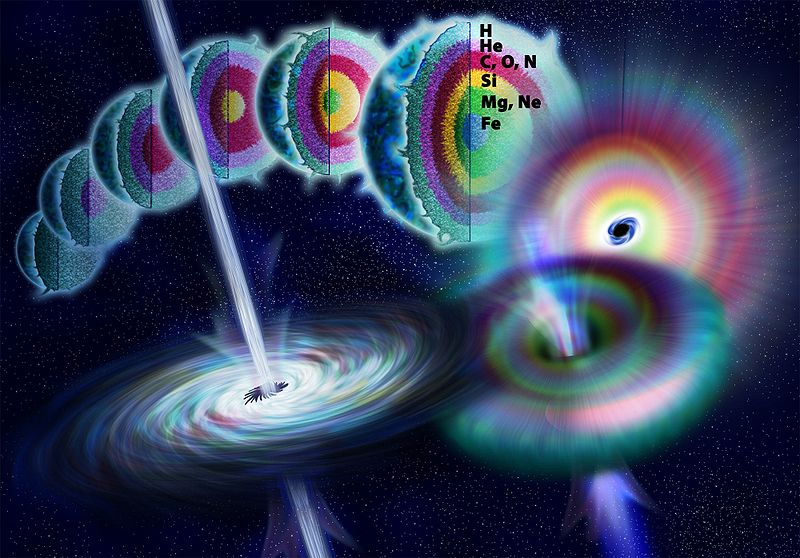
One of the most powerful explosions known in the universe may have hit Earth during the 8th Century. As clues to this event were revealed last year. When clues of this very special event started to emerge in Japan.
Cedar Trees
A team led by Japanese astrophysicist Fusa Miyake discovered that some ancient cedar trees in Japan indicate an unusual level of a radioactive type of carbon known as carbon-14.
Dating this incidence showed that it appeared between 774 or 775 AD. But the natural follow-up question is what could have been the cause.
What is the Cause?
The scientists present several different hypotheses and possible explanations for the apparent radioactive spike, Such as that of an exploding star (a supernova), but there is weak evidence of that occurring during that time in Astro-history, as ancient astronomers were often good at keeping a record of exploding stars.
The only incident of note is mentioned in the Anglo-Saxon Chronicle, a collection of annals in Old English chronicling the history of the Anglo-Saxons. It makes a reference to the appearance of a so-called “red crucifix” in the skies in the year 776 AD, a year after the radiation spikes occurred. But this year could certainly have been a human error.
But the researchers also speculate regarding that of unusually strong solar flares coming from our own sun. This should have been seen in an extreme activity of auroras around the planet.
But now a new study has been published in the journal of Monthly Notices of the Royal Astronomical Society, in which Valeri Hambaryan and Ralph Neuhaeuser has come up with a new explanation. As they suggest that gamma rays are the explanation, gamma rays are for example released when two black holes collide, or when a collision by a neutron star (white dwarf) occurs.
A collision of this magnitude does not generate visible light, which thereby makes it a plausible theory according to the authors. The “red crucifix” sightings a year later was probably a supernova. But this massive cosmic event presented by Hambaryan and Neuhaeuser must have taken place at least 3,000 light years from Earth, otherwise, the gamma-ray burst would have affected all life on Earth.
Neuhaeuser writes; “If the gamma ray burst had been much closer to the Earth it would have caused significant harm to the biosphere,”.”But even thousands of light-years away, a similar event today could cause havoc with the sensitive electronic systems that advanced societies have come to depend on”. But invisible remnants of the event could exist today, according to the authors, therefore the next step would be to scour the skies. “In the last 3,000 years, the maximum age of trees alive today, only one such event appears to have taken place.”
_______________
A Galactic short gamma-ray burst as cause for the 14C peak in AD 774/5
A signature of cosmic-ray increase in AD 774–775 from tree rings in Japan
______________________________











![OpenAI. (2025). ChatGPT [Large language model]. https://chatgpt.com](https://www.illustratedcuriosity.com/files/media/55136/b1b0b614-5b72-486c-901d-ff244549d67a-350x260.webp)
![OpenAI. (2025). ChatGPT [Large language model]. https://chatgpt.com](https://www.illustratedcuriosity.com/files/media/55124/79bc18fa-f616-4951-856f-cc724ad5d497-350x260.webp)
![OpenAI. (2025). ChatGPT [Large language model]. https://chatgpt.com](https://www.illustratedcuriosity.com/files/media/55099/2638a982-b4de-4913-8a1c-1479df352bf3-350x260.webp)








